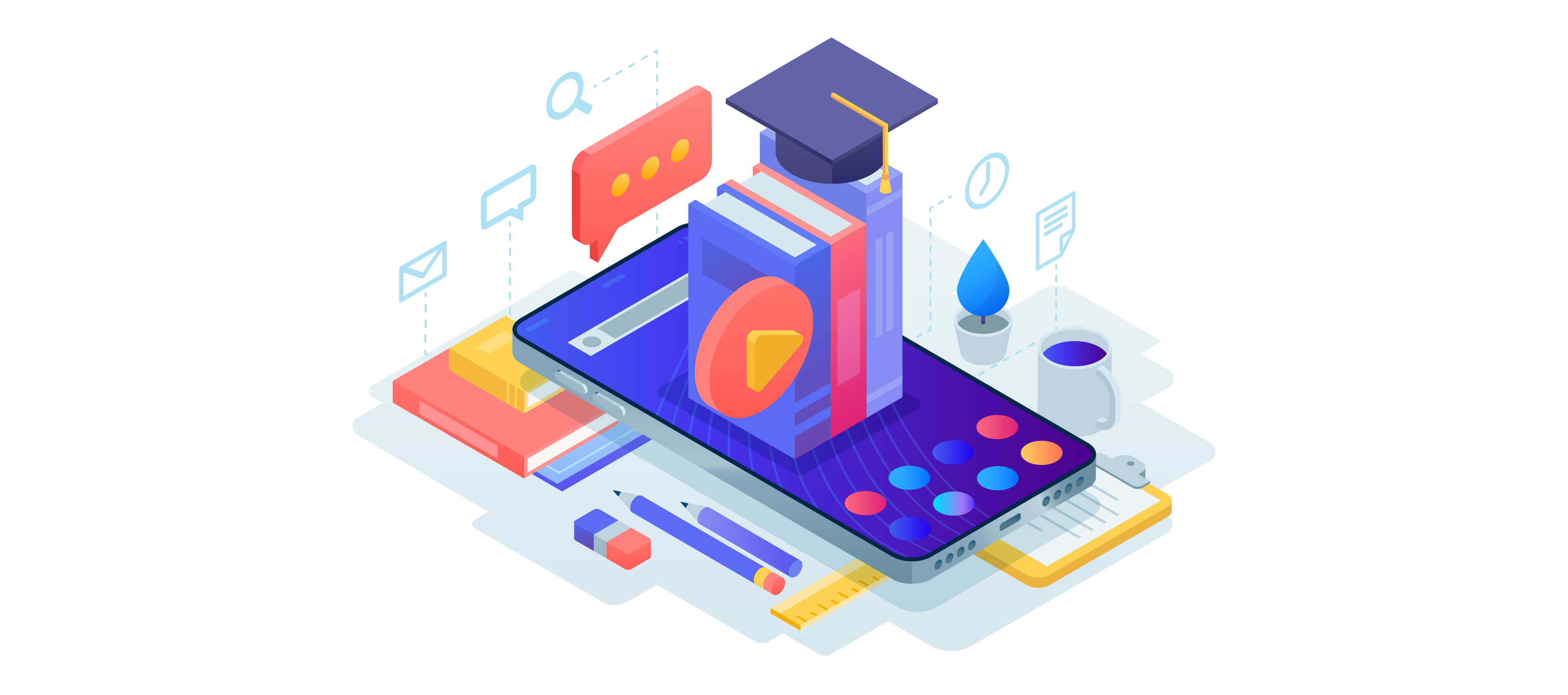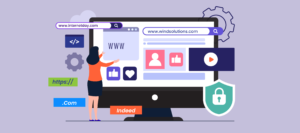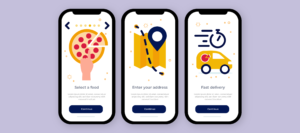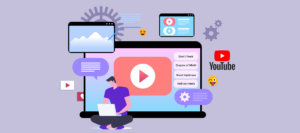Education holds a pivotal role in our pursuit of knowledge and personal growth. In today’s society, education not only equips us with essential skills such as reading, writing, and self-expression but also fosters the exchange of ideas and facilitates interactions among individuals from diverse backgrounds. The amalgamation of knowledge and technological advancements, particularly the Internet of Things (IoT), has significantly influenced the evolution of humanity and the world we inhabit.
Over the past few years, IoT applications in education has undergone significant developments. The concept of education no longer revolves solely around textbooks but extends to encompass the learning environment itself. As per Statista, The global number of Internet of Things (IoT) devices is expected to nearly triple from 9.7 billion in 2020 to more than 29 billion in 2030.
Technology has played a pivotal role in enhancing the quality and atmosphere of learning. Through technology, we have witnessed the introduction of digital reading materials, EdTech games and the successful implementation of digital books in classrooms. The synergy between technology and learning has paved the way for remarkable advancements in the education sector, with technology acting as a catalyst for learning.
To illustrate the profound influence of technology on education, consider the example of California, where a law was passed in 2009 mandating that all college textbooks be available in electronic form by 2020. Similarly 2011, Florida lawmakers passed legislation requiring public schools to transition their textbooks into digital versions. Technology, encompassing many concepts, has made an indelible impact.
One particularly influential aspect is IoT, the Internet of Things. IoT involves extending internet connectivity to physical devices and everyday objects. This intricate system encompasses various hardware, electronics, and internet connectivity forms. With the steadfast support of IoT, the education sector has witnessed remarkable progress and achievement.
Suppose you are a principal seeking to elevate your institute to new heights. In that case, it is essential to explore the numerous IoT applications in education, each holding the potential to revolutionize the learning experience.
Future of IoT applications in Education
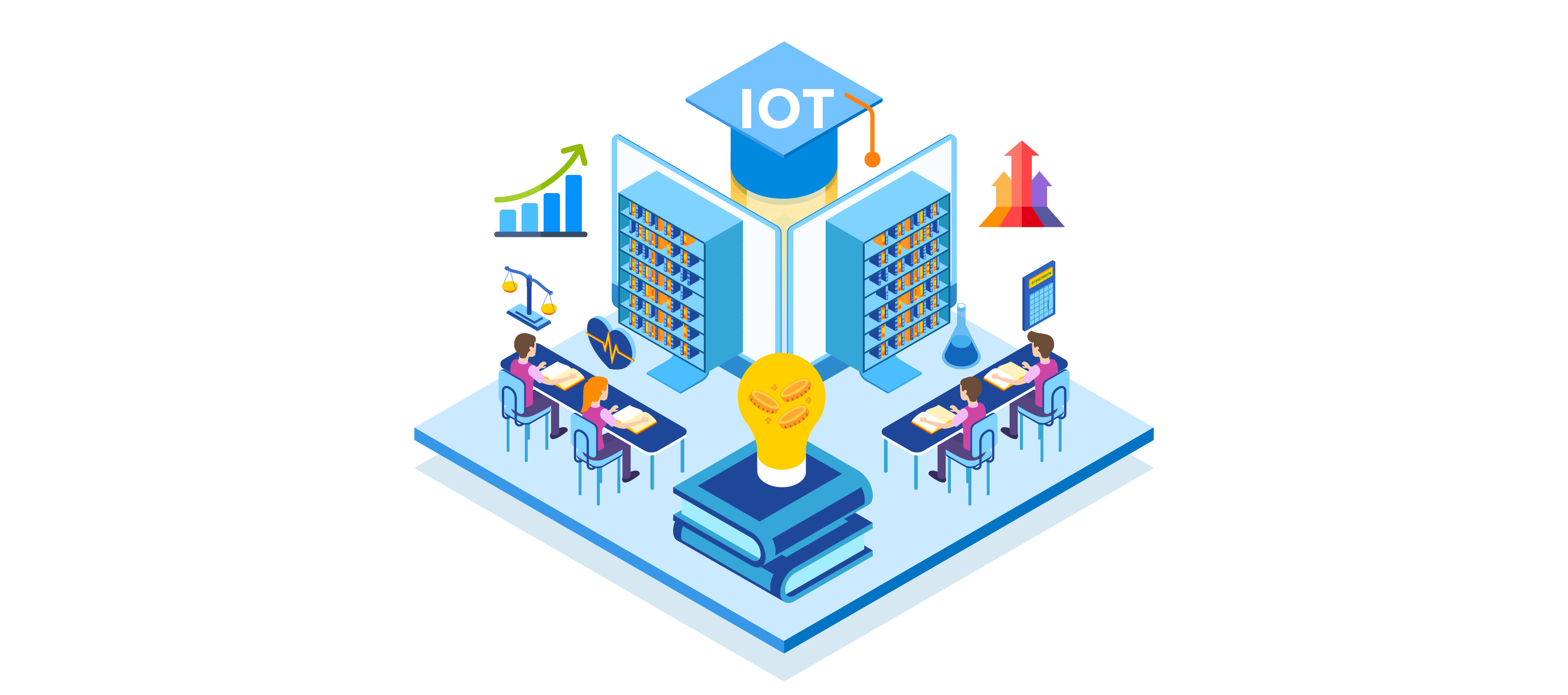
The future of IoT applications in the education sector is promising, as indicated by the projected growth of the global IoT in the education market. The estimated market size of USD 25.42 billion by 2028, with a steady compound annual growth rate (CAGR), highlights the increasing adoption of IoT technologies in education. Here are some key points to consider regarding the future of IoT applications in education based on the provided content:
1. Market Growth:
The market for IoT in education is expected to grow steadily, driven by factors such as the widespread availability of cloud services and the proliferation of connected devices like eLearning app development. These technologies enable enhanced connectivity, interactivity, and personalized learning experiences.
2. Industry 4.0 Impact:
Industry 4.0, characterized by integrating IoT and other advanced technologies, is revolutionizing various sectors, including education. IoT’s potential in education lies in its ability to enable smart, connected systems and devices that enhance teaching, learning, and administrative processes.
3. Advantages and Disadvantages:
The implementation of IoT in education brings several advantages, such as improved accessibility to resources, personalized learning experiences, and streamlined administrative tasks. However, it also presents challenges, such as cybersecurity risks and data privacy concerns, that must be addressed to ensure a secure and reliable IoT infrastructure.
4. Cybersecurity Risks:
As IoT devices and connectivity are used to expand in the education sector, the risk of cyber-attacks also increases. Protecting sensitive student data and ensuring the security of connected systems will be crucial in the future. Education institutions must invest in robust security measures and stay updated with the latest cybersecurity practices.
5. Digital Schools:
The trend toward establishing fully digital schools is expected to contribute to the growth of the IoT in the education market. Digital schools leverage IoT technologies to create immersive and technologically advanced learning environments, offering benefits such as remote learning, personalized instruction, and seamless access to educational resources.
How Does the Education Industry Benefit from IoT Applications?
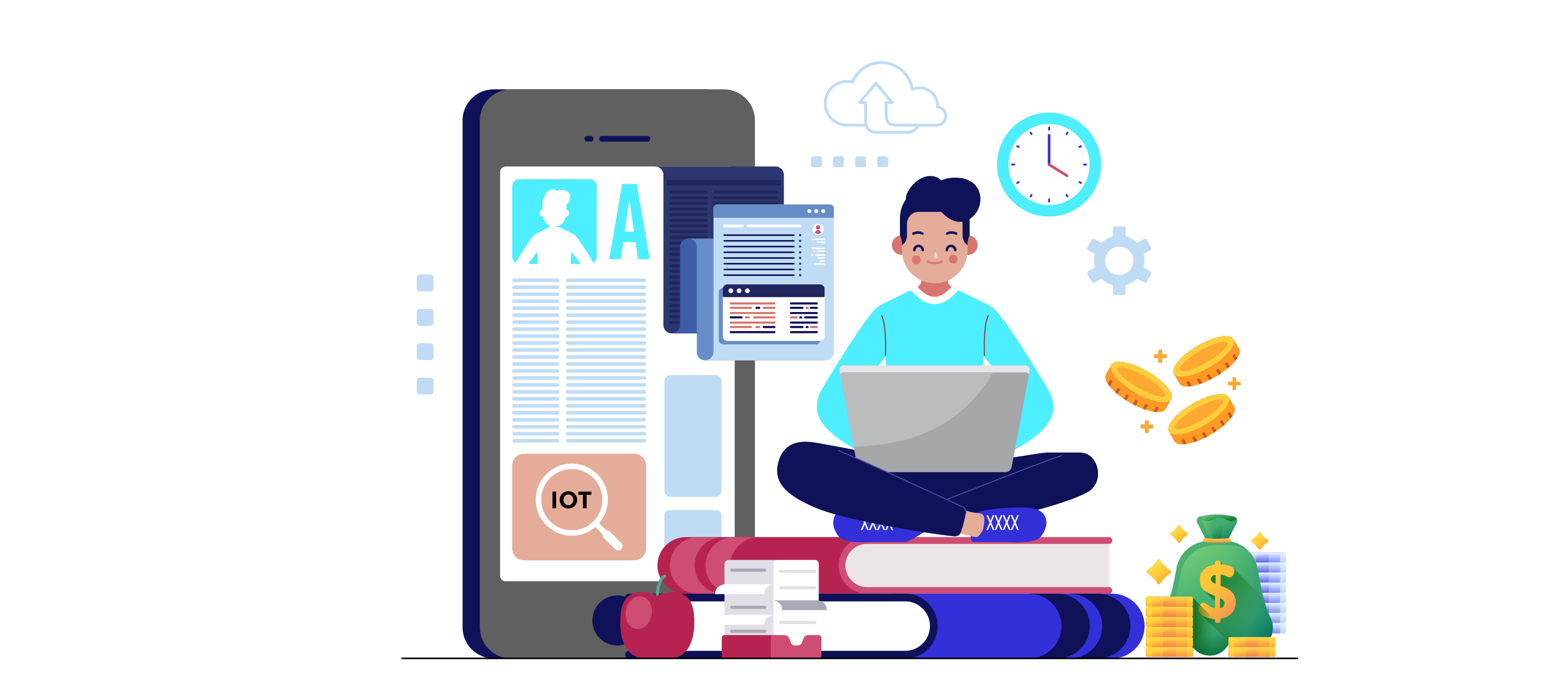
Implementing technology in education equips educators with powerful tools to optimize classroom activities, enhance the efficiency of the learning process, establish stronger connections with students, and ensure comprehensive on-site safety. Here are the key advantages of merging IoT and education into a unified framework:
1. Personalized learning experience:
IoT devices can collect student learning patterns, preferences, and progress data. This information can create personalized learning experiences tailored to each student’s needs. By analyzing the data, educational platforms can recommend specific resources, activities, or approaches that cater to an individual student’s learning style, fostering better engagement and understanding.
2. E-textbooks:
IoT enables using e-textbooks, digital versions of traditional textbooks. E-textbooks offer interactive features such as embedded multimedia, quizzes, and links to additional resources. They are easily accessible on various devices, promoting convenience and portability for students. E-textbooks also allow real-time updates, ensuring students have the most up-to-date information.
3. Smart classrooms:
IoT technologies can enhance classrooms by incorporating smart devices such as interactive whiteboards, projectors, and sensors. These devices can facilitate engaging and interactive learning experiences. For example, interactive whiteboards enable real-time collaboration and interaction between students and teachers, promoting active participation and knowledge sharing.
4. Increasing student engagement and interest:
IoT applications can provide interactive and immersive learning experiences, leveraging technologies like virtual reality (VR) and augmented reality (AR). VR and AR simulations can bring complex concepts to life, making them more engaging and easier to understand. Additionally, gamification elements and interactive learning platforms can motivate students and make learning more enjoyable.
5. Resource usage optimization:
IoT can help optimize resource usage in educational institutions. For instance, sensors can monitor energy consumption and adjust lighting, heating, and cooling systems based on occupancy. This can lead to energy savings and reduce costs. IoT can also manage and track the availability and usage of learning resources, such as books or equipment, making it easier for students and educators to access and share resources efficiently.
6. Communication network:
IoT enables seamless communication and connectivity within educational institutions. Connected devices like smartphones or tablets can facilitate instant communication between teachers, students, and parents. This promotes effective collaboration, feedback exchange, and parent-teacher communication, improving learning outcomes.
7. Real-time data collection:
IoT devices can gather real-time data on various aspects of the educational environment, such as attendance, student performance, or classroom conditions. This data can be analyzed to identify patterns, trends, and areas for improvement. Educators can use these insights to adapt teaching strategies, provide timely interventions, and enhance the learning experience.
8. Addressed safety concerns:
IoT technologies can enhance safety and security in educational institutions. For instance, connected surveillance systems and smart locks can help monitor and control access to school premises. IoT-enabled safety devices, such as wearable sensors or panic buttons, can alert emergency authorities. This promotes a safer learning environment for students and staff.
How IoT and Technology Reshape Education
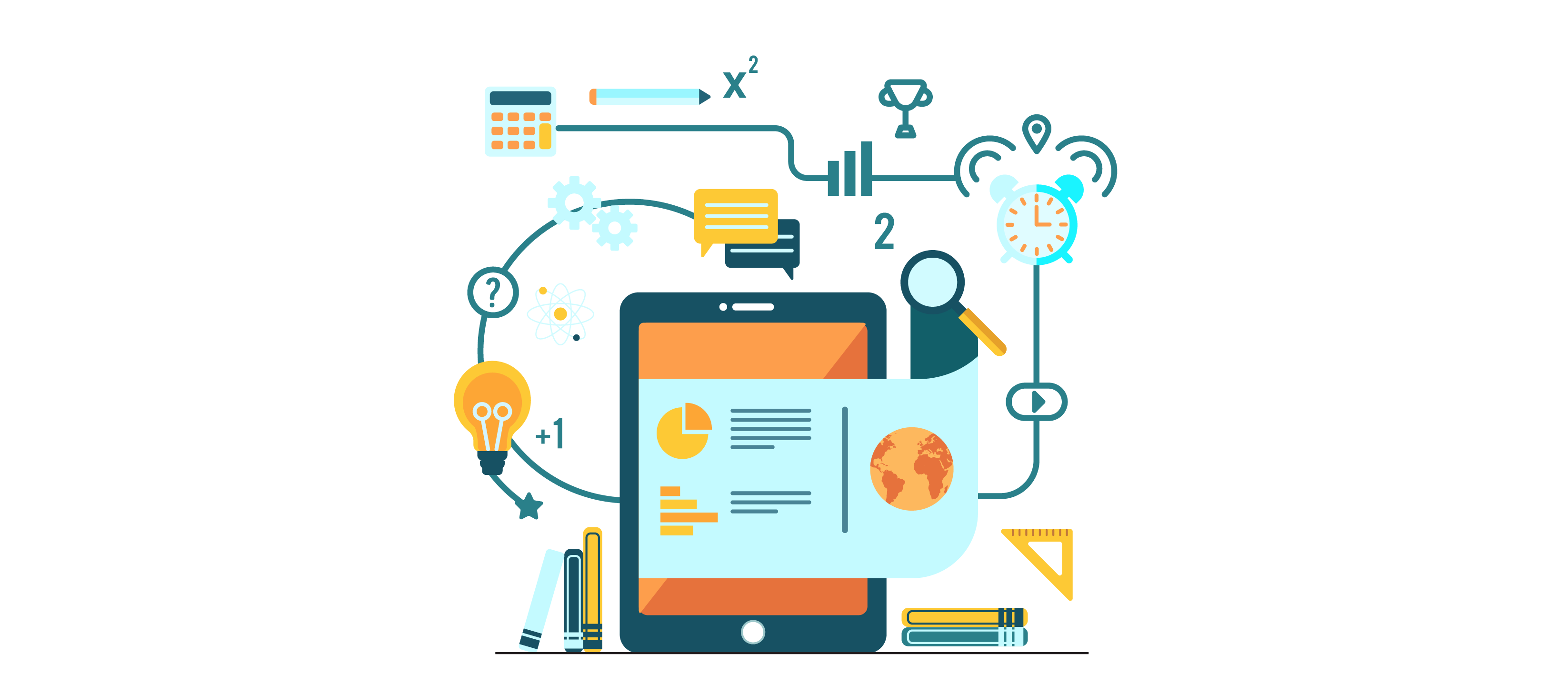
With an estimated 83.2% of 12- to 17-year-olds owning smartphones and a significant 73.0% of parents stating their kids had smartphones as young as 11 to 13 years old, and even 31.0% between ages 6 and 10, it is evident that today’s students are already well-acquainted with digital devices.
Harnessing this digitally native foundation, the Internet of Things (IoT) holds immense potential to reshape education profoundly. Integrating mobile IoT devices into the classroom allows students to streamline their daily tasks, automating activities like note-taking, schedule management, and research, thereby enhancing their overall learning experience.
Moreover, adopting reusable resources such as computers, tablets, and smartphones brings substantial cost savings to educational institutions. Schools spend around $200,000 on paper each year, accounting for approximately 10% of their budget. Embracing reusable technology eliminates this recurring expense, redirecting funds to other critical areas of education.
As more educational institutions embrace this technological wave, it’s only a matter of time before “smart schools” become the norm throughout the United States. The transformative power of IoT and technology in education will continue to reshape traditional learning environments, ultimately providing students and schools with unprecedented opportunities for growth and efficiency.
The education sector in the United States is riding a wave of prosperity, commanding a staggering $1.4 trillion valuation in 2021. Experts predict a remarkable average growth rate of 4.2%, catapulting the market to an unprecedented $3.1 trillion by 2030.
This surge is propelled by two powerful drivers: the escalating importance of education in the United States and the rapid advancement of smart technologies. The North American region will lead the charge, serving as the primary revenue generator. At the same time, emerging markets will seize a significant share of the demand as governments strive to bridge the education gap with the Western world.
Examples of IoT in Education Industry
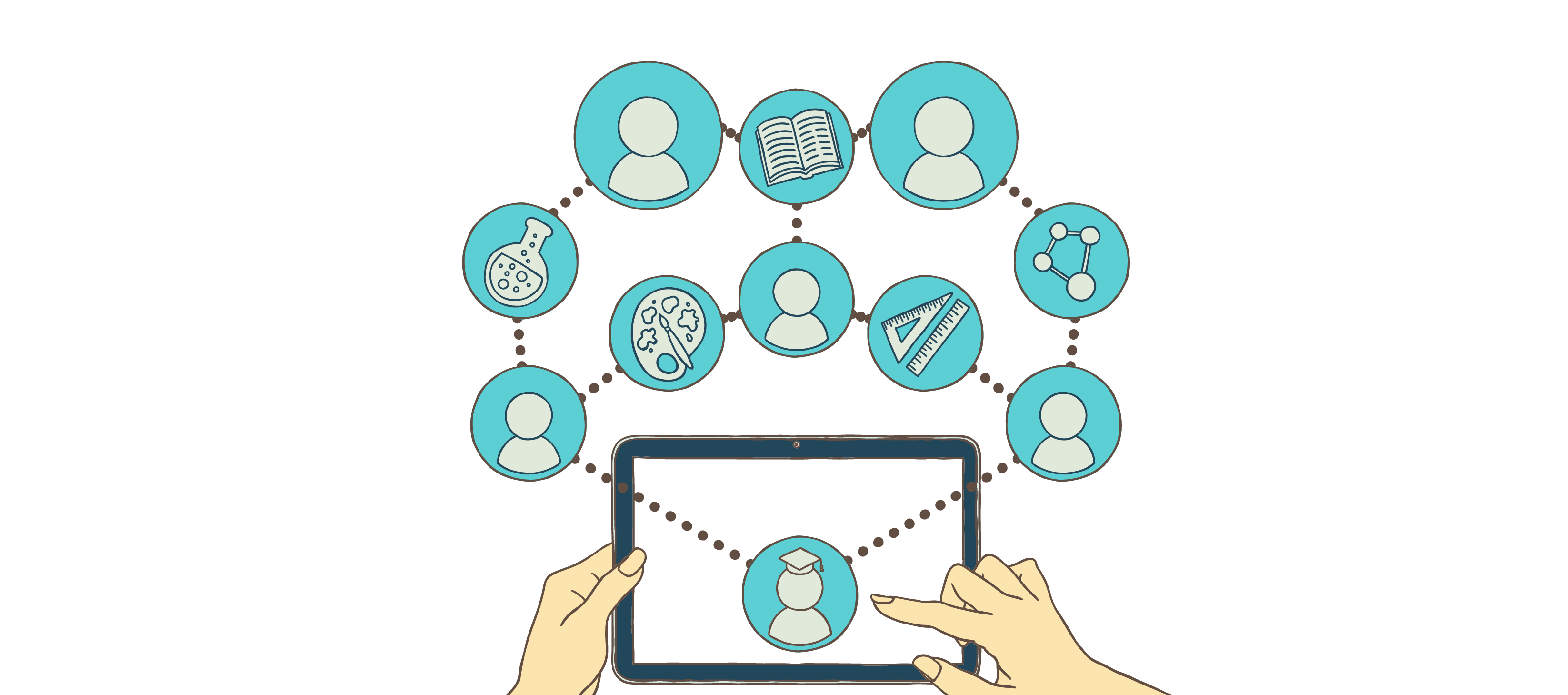
1. Campus Safety and Security:
IoT technologies can enhance security measures on school campuses. For example, connected surveillance cameras can provide real-time monitoring of various areas, detecting suspicious activity or potential threats. IoT-based access control systems can ensure secure entry and exit points, allowing only authorized individuals to enter school premises.
2. Transforming Disabilities into Abilities:
IoT devices can assist students with disabilities by providing personalized learning experiences. For example, wearable sensors can help students with visual impairments navigate the school environment independently by providing real-time audio cues and directions.
3. Attention to Attendance:
IoT can automate attendance tracking, eliminating the need for manual roll calls. Smart ID cards or wearable devices with embedded sensors can automatically log students’ entry and exit from classrooms, allowing teachers to have accurate attendance records. This data can also be integrated with the school’s information system for efficient record-keeping.
4. Smart Boards:
IoT-enabled smart boards can transform traditional whiteboards into interactive learning tools. These boards can connect to the internet, allowing teachers to access digital content, multimedia resources, and real-time information during lessons. Students can also interact with the smart board, enabling collaborative learning experiences.
5. Environmental Monitoring:
IoT sensors can monitor various environmental factors within the school premises, such as temperature, humidity, air quality, and noise levels. This data can create a comfortable and conducive learning environment and alert authorities in case of any anomalies.
The Final Verdict
With the potential to revolutionize education, IoT technologies are reshaping data collection, student education, and internal processes in schools and colleges. If you’re envisioning the development of your IoT-powered app, we’re here to help. Our experienced team is ready to assist you with any questions regarding IoT solution development. Contact us today and embark on transforming education with cutting-edge IoT applications.
FAQs
Question 1: What are IoT applications in education?
IoT applications in education involve using connected devices and technologies to enhance teaching and learning experiences. These applications can include smart classrooms, wearable devices, interactive learning tools, remote monitoring systems, and more.
Question 2: How is IoT transforming education?
IoT is transforming education by providing opportunities for personalized learning, improved efficiency, and enhanced engagement. It enables teachers to gather real-time data on student performance, automate administrative tasks, and create interactive and immersive learning experiences.
Question 3: What are some examples of IoT applications in education?
Examples of IoT applications in education include smart whiteboards that allow for interactive and collaborative learning, wearable devices that track students’ physical activity and health, remote learning platforms that connect students and teachers from different locations, and smart campus systems that optimize energy usage and security.
Question 4: What are the potential challenges or concerns with IoT in education?
Some potential challenges or concerns with IoT in education include data privacy and security risks, the need for reliable and stable internet connectivity, the potential for increased reliance on technology over traditional teaching methods, and ensuring equitable access to IoT devices and resources for all students.
Question 5: How will IoT applications in education evolve in the future?
In the future, IoT applications in education are expected to continue evolving and expanding. We may see further integration of artificial intelligence and machine learning technologies, the development of advanced analytics tools for data-driven decision-making, and the emergence of new devices and applications designed specifically for educational purposes.

